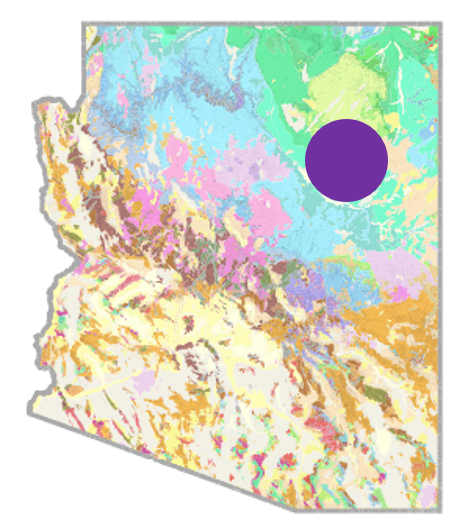11.4 Subsidence
Subsidence occurs when loose, water-saturated sediment begins to compact, causing the ground surface to collapse. Now there are two types of subsidence.
Slow Subsidence
Slow subsidence occurs when the water within the sediment is slowly squeezed out because of overlying weight. There are several examples of slow subsidence, but the best one is Venice, Italy. Venice was built at sea level on the now submerged delta of the Brenta River. The city is sinking because of the overlying weight of the city and the pumping of groundwater. The problem now is that sea levels are rising as glaciers melt and water expands due to global warming. (3)

An example of slow subsidence in the U.S. includes New Orleans, Louisiana. As we all know from Hurricane Katrina, the Mississippi River has a vast network of levees that prevent the massive river from flooding – most of the time. But by preventing the spring-time flooding, we are preventing the river from depositing sediment onto the land. Instead, the sediment is being transported to the Gulf of Mexico creating the massive Mississippi delta (3).
Fast Subsidence
Fast subsidence occurs when naturally acidic water begins to dissolve limestone rock to form a network of water-filled underground caverns. But if droughts or pumping of groundwater reduces the water table below the level of the caves, they caverns collapse creating surface sinkholes. A dramatic example of fast subsidence occurred in Guatemala City in 2007 when a massive sinkhole formed 300 feet deep. As noted above, the underground region surrounding Guatemala is composed of limestone and a vast underground network of caverns. It is believed that the water table has been dropping in the region and thus draining the caves. Afterward, the caves can not support the overlying weight and collapse in. (3)
 Backyard Geology: McCauley Sinks, Holbrook Basin, AZ
Backyard Geology: McCauley Sinks, Holbrook Basin, AZ
Arizona is home to many sinkholes, one notable set is in the northeastern part of the state. McCauley Sinks (Figure 11.4.2) comprises several dozen small sinkholes restricted to a 3-km-wide depression. The sinks are arranged in a series of gentle arcs or rings. The size of individual sinks varies, but the largest are ~ 100 m in diameter and 50 m deep. The sinks crop out in Permian Kaibab Formation limestones. Collapse here may be the result of Karst formations in the older Permian Schnebly Hill Formation, which contains evaporites, principally halite (rock salt). (5)

***See 11.5 for Text and Media Attributions
landscape underlain by limestone which has been eroded by dissolution, producing ridges, towers, fissures, sinkholes and other characteristic landforms.

